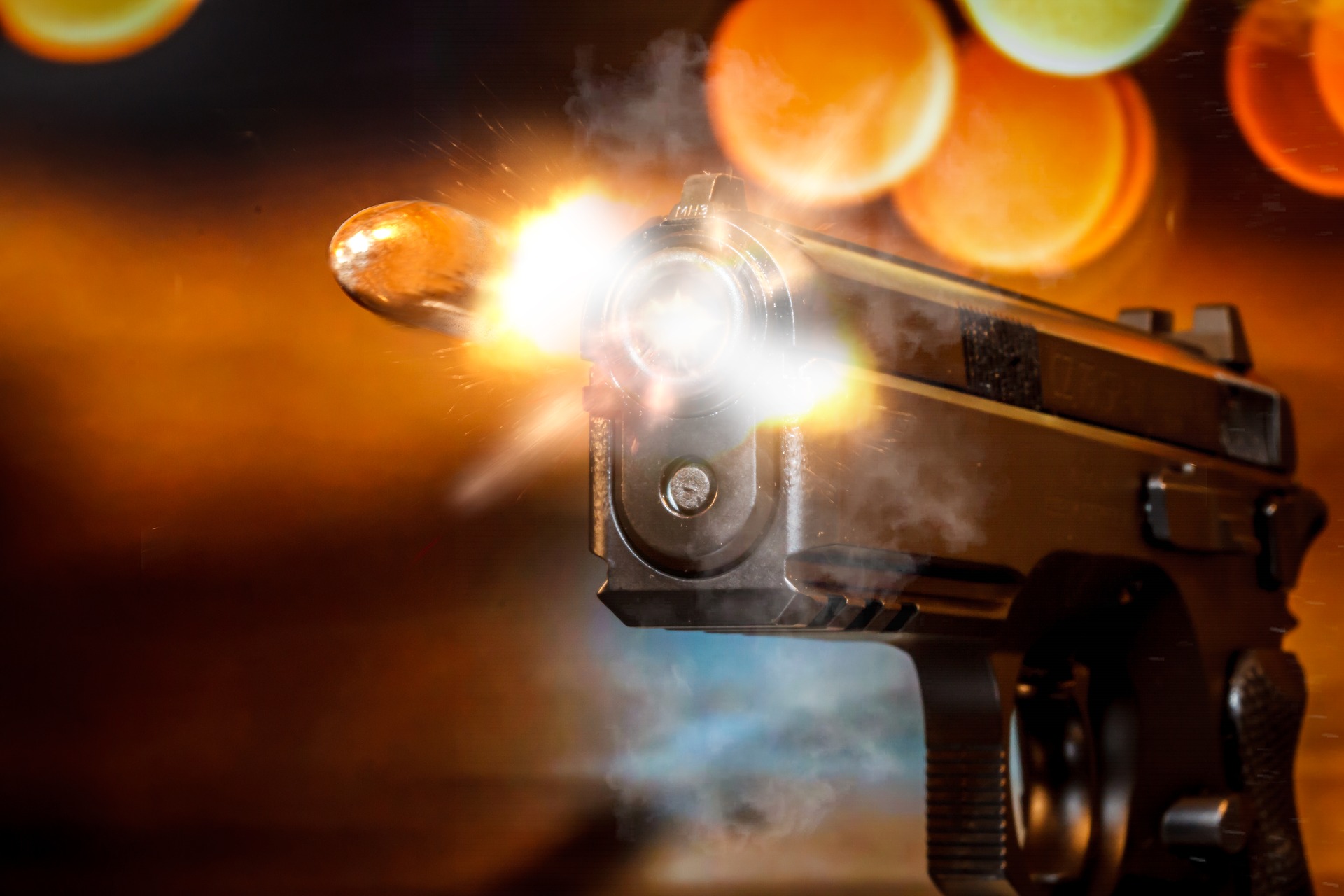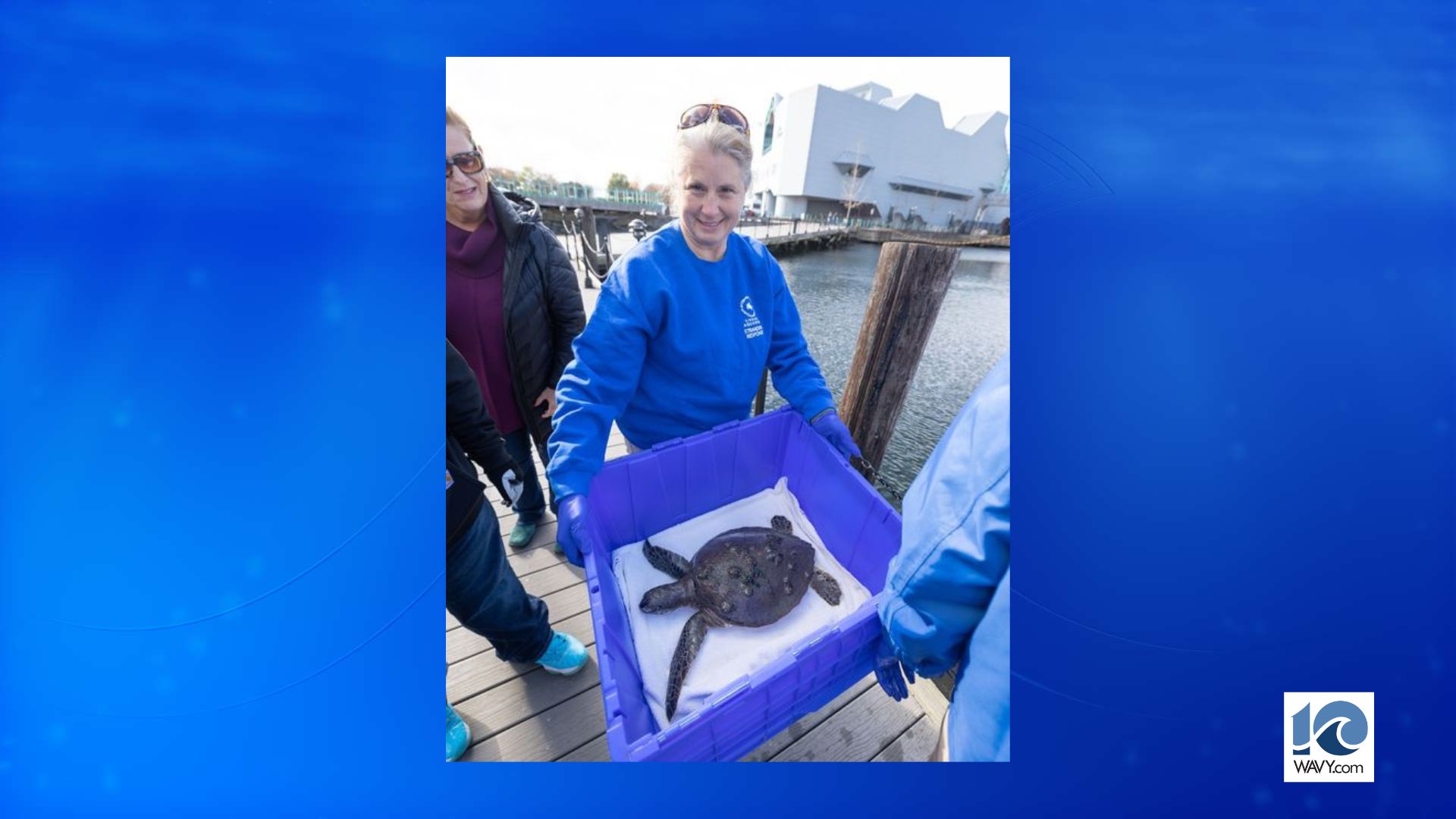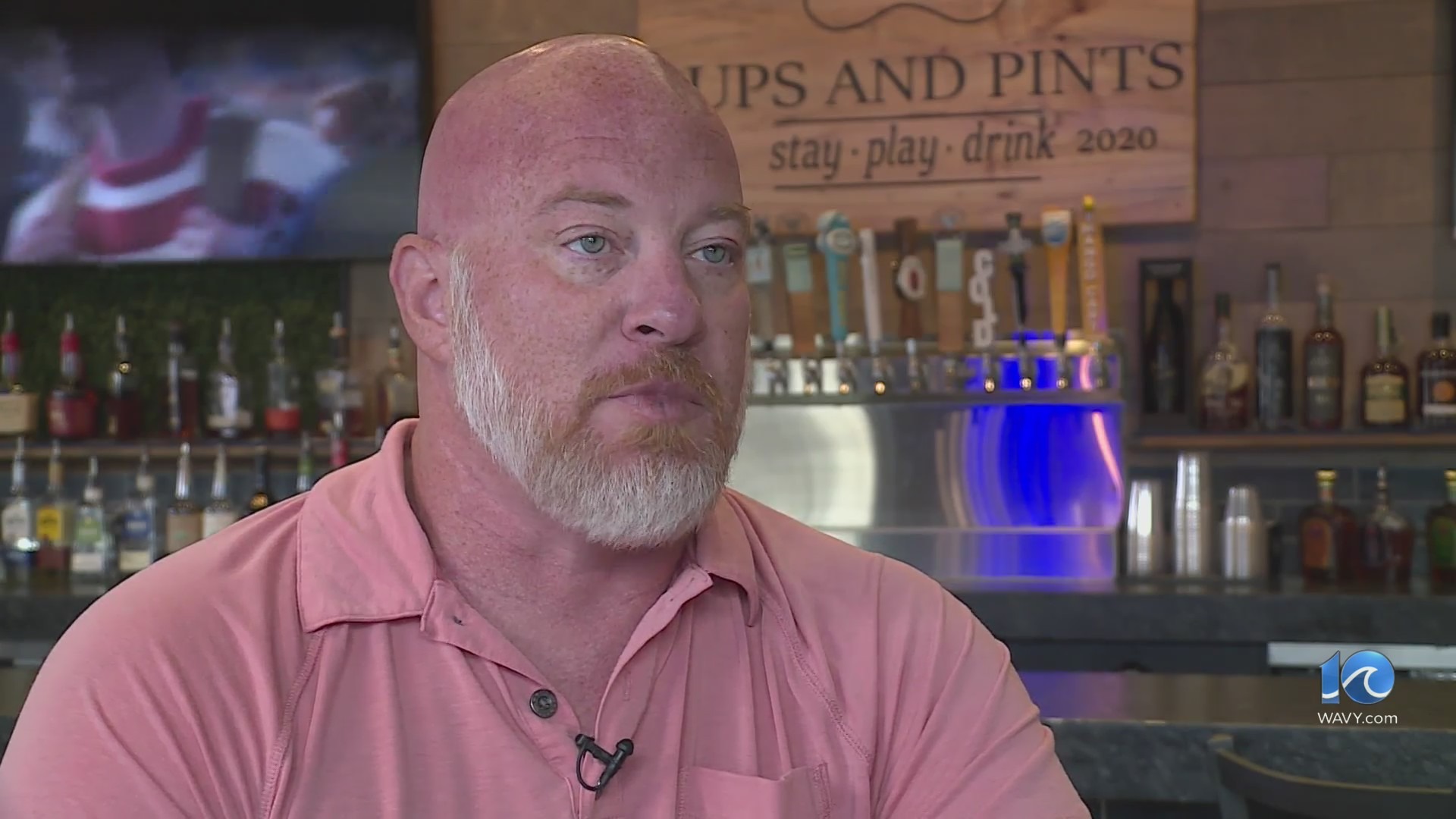The video above is from Chopper 10, taken of the Dali cargo ship headed to Norfolk for repairs.
BALTIMORE (AP) — The owner and manager of the Dali cargo ship that caused the deadly Baltimore bridge collapse recklessly cut corners and ignored known electrical problems on the vessel, the Justice Department alleged Wednesday in a lawsuit seeking to recover more than $100 million that the government spent to clear the underwater debris and reopen the city’s port.
The ship, which has been docked at the Port of Virginia since late June for repairs, left Norfolk around noon on Thursday, Sept. 19.
The lawsuit filed in Maryland provides the most detailed account yet of the cascading series of failures on the Dali that left its pilots and crew helpless in the face of looming disaster.
The Justice Department alleges that mechanical and electrical systems on the massive ship had been “jury-rigged” and improperly maintained, culminating in a power outage moments before it crashed into a support column on the Francis Scott Key Bridge in March. Six construction workers were killed when the bridge toppled into the water.
“This tragedy was entirely avoidable,” if not for the companies’ decision to place an “ill-prepared crew on an abjectly unseaworthy vessel,” says the lawsuit against Dali owner Grace Ocean Private Ltd. and manager Synergy Marine Group, both of Singapore.
“They did so to reap the benefit of conducting business in American ports. Yet they cut corners in ways that risked lives and infrastructure,” the complaint says.
Darrell Wilson, a Grace Ocean spokesperson, said the owner and manager had no comment on the merits of the claim but “look forward to our day in court to set the record straight.”
Justice Department officials refused to answer questions Wednesday about whether a criminal investigation into the collapse remains ongoing. FBI agents boarded the vessel in April.
The ship was leaving Baltimore for Sri Lanka when its steering failed because of the power loss. Six men on a road crew, who were filling potholes during an overnight shift, fell to their deaths. The collapse snarled commercial shipping traffic through the Port of Baltimore for months before the channel was fully opened in June.
The companies filed a court petition days after the collapse seeking to limit their legal liability in what could become the most expensive marine casualty case in history. Justice Department officials said there is no legal support for that bid to limit liability and pledged to vigorously contest it.
“With this civil claim, the Justice Department is working to ensure that the costs of clearing the channel and reopening the Port of Baltimore are borne by the companies that caused the crash, not by the American taxpayer,” Attorney General Merrick Garland said in a statement.
The case comes a day after the victims’ families declared their intent to file a claim seeking to hold the ship’s owner and manager liable for the disaster.
Brawner Builders, which employed the victims, filed its own claim for damages Wednesday, saying the company had lost “six beloved employees” as well as the construction equipment and vehicles they were using.
Documents released last week by the National Transportation Safety Board showed investigators discovered a loose cable on the Dali that, when disconnected, triggered an electrical blackout similar to what happened as it approached the bridge on March 26.
But the Dali had already experienced power issues earlier. Its first blackout occurred while still docked in Baltimore after a crew member mistakenly closed an exhaust damper during maintenance, causing one of the diesel engines to stall, according to safety investigators. Crew members then switched from one transformer and breaker system — which had been in use for several months — to a second that was active upon its departure. That second system is where investigators found the loose cable.
The Justice Department complaint points to “excessive vibrations” on the ship that attorneys called a “well-known cause of transformer and electrical failure.” Instead of dealing with the source of the excessive vibrations, crew members “jury-rigged” the ship, the complaint alleges.
The complaint notes cracked equipment in the engine room and pieces of cargo shaken loose. Inspectors also found loose nuts and bolts and broken electrical cable ties, the Justice Department says. The ship’s electrical equipment was in such bad condition that an independent agency stopped further electrical testing because of safety concerns, according to the lawsuit.
“In sum, this accident happened because of the careless and grossly negligent decisions made by Grace Ocean and Synergy, who recklessly chose to send an unseaworthy vessel to navigate a critical waterway and ignored the risks,” said Acting Deputy Assistant Attorney General Chetan A. Patil.
When the active transformer and breaker system failed as the ship approached the bridge, power should have automatically transferred to the ship’s other system, the lawsuit says, “but this automation, a safety feature tailor made for the occasion at hand, had been recklessly disabled.” Instead, the ship’s engineers had to manually restore power, which took a full minute, the complaint says.
If the transformers had been in automatic mode rather than manual, the ship “would not have lost power and steering for any meaningful period of time, and the devastating tragedy that ensued would not have occurred,” the lawsuit says.
Power was momentarily restored by the engineers, but it again switched off because of a separate problem with the ship’s fuel pumps, which resulted from a cost-cutting measure, the Justice Department alleges.
The anchor couldn’t be immediately deployed and the bow thruster was unavailable in the critical moments when the ship’s pilots were desperately trying to avoid disaster, according to the complaint.
_____
Richer reported from Washington.



























